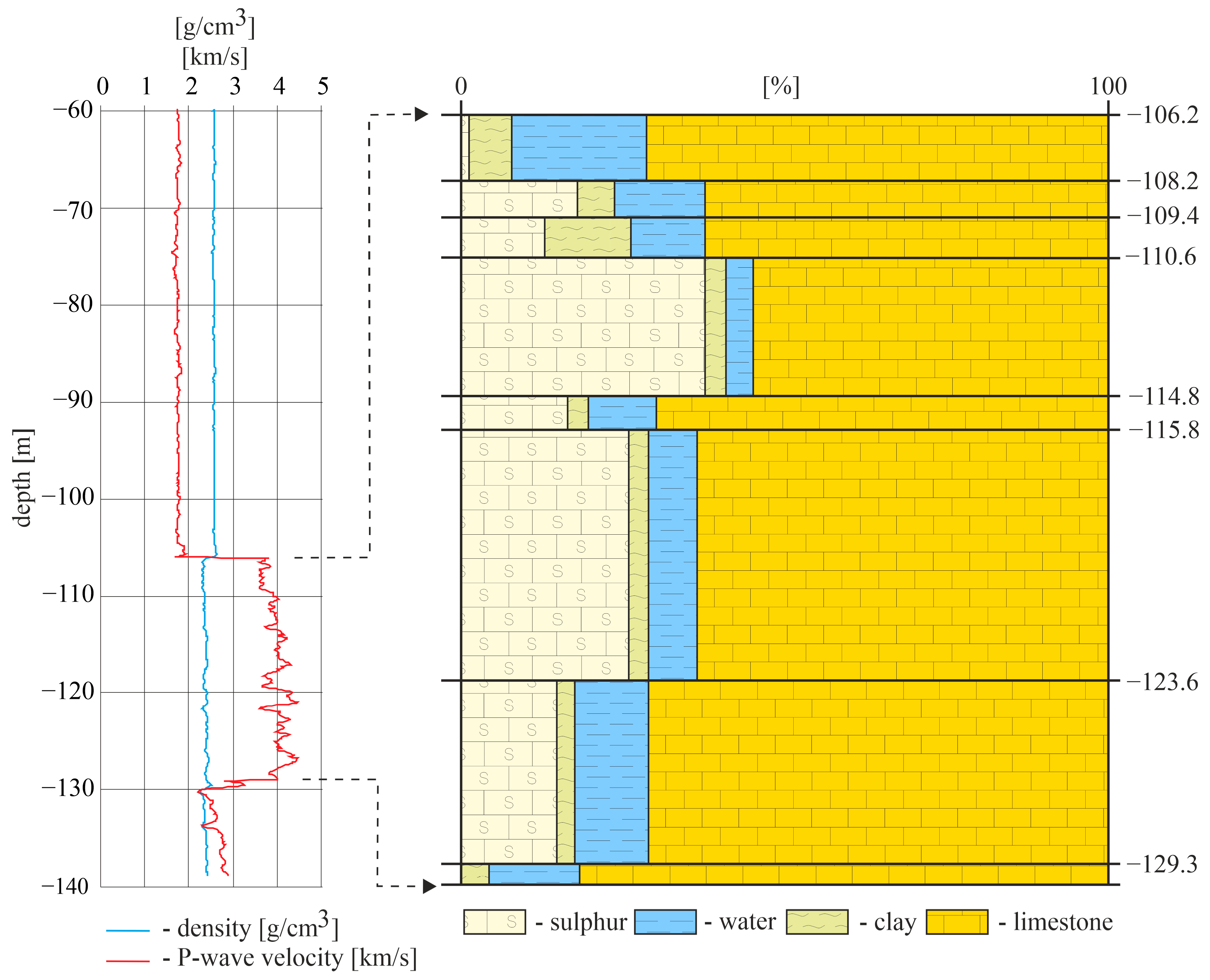

Indeed, targeted surgical removal of contiguous regions of abnormal brain tissue has high seizure-freedom rates in drug-resistant epilepsy patients, up to 80% ( Spencer et al., 2005 De Tisi et al., 2011 Hussan et al., 2012 Wiebe, 2012 Jette and Wiebe, 2013). Structural brain lesions are considered to be at the core of the epileptogenic zone in localization-related epilepsy ( Bernasconi, 2017). Patients with localization-related epilepsy often experience uncontrolled seizures despite medication, leading to neurological and psychiatric co-morbidities, deterioration in quality of life, and up to an 11-fold increase in mortality rate ( Kwan et al., 2011 Fazel et al., 2013). The most common subtype is focal or localization-related epilepsy, in which seizures arise from a specific region in the brain ( French, 2007). It affects over 50 million subjects worldwide ( World Health Organization, 2018) and will afflict ∼1 in 26 subjects during their lifetime ( Hesdorffer et al., 2011). Mapping the relationship between structural and functional connectivity in epilepsy may inform new therapies to halt seizure spread, and pave the way for targeted patient-specific interventions.Įpilepsy is a neurological disorder characterized by recurrent, unprovoked seizures.

These results suggest that seizures harness the underlying structural connectome as they propagate. Finally, we find that spatiotemporal patterns of structure-function coupling are highly stereotyped for each patient. We demonstrate that short-range structural connections are primarily responsible for this increase in coupling. Across all frequency bands, we find significant increases in structure-function coupling from pre-ictal to ictal periods. We use high angular resolution diffusion imaging (HARDI) tractography to construct structural connectivity networks and correlate these networks with time-varying broadband and frequency-specific functional networks derived from coregistered intracranial EEG. In this study, we quantify structure-function coupling, specifically between white matter connections and intracranial EEG, across pre-ictal and ictal periods in 45 seizures from nine patients with unilateral drug-resistant focal epilepsy.

Unfortunately, the relationship between structural and functional connectivity in the seizing brain is poorly understood. Treatment for medication-resistant focal epilepsy is often structural-through surgery or laser ablation-but structural targets, particularly in patients without clear lesions, are largely based on functional mapping via intracranial EEG. How does the human brain’s structural scaffold give rise to its intricate functional dynamics? This is a central question in translational neuroscience that is particularly relevant to epilepsy, a disorder affecting over 50 million subjects worldwide.


 0 kommentar(er)
0 kommentar(er)
